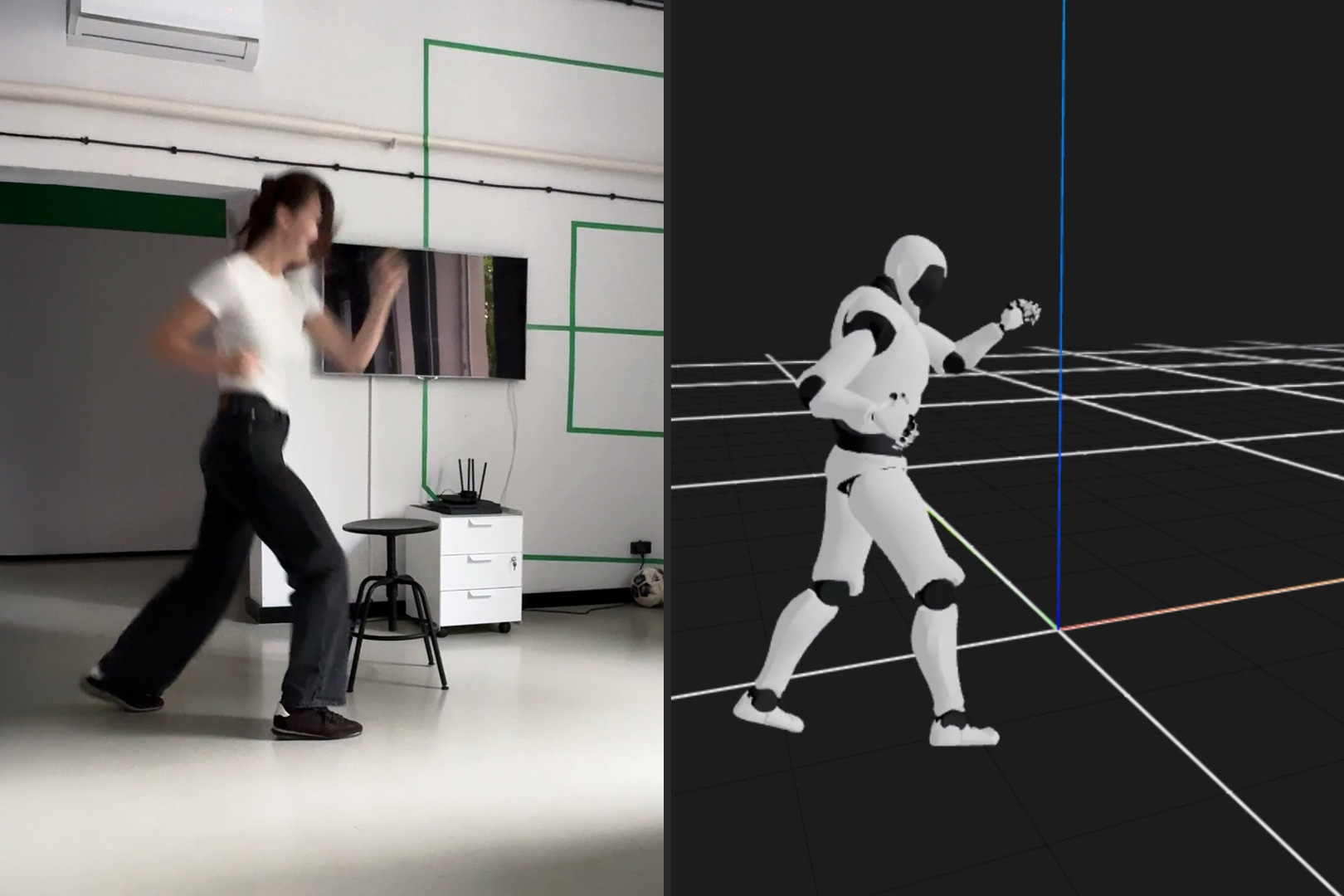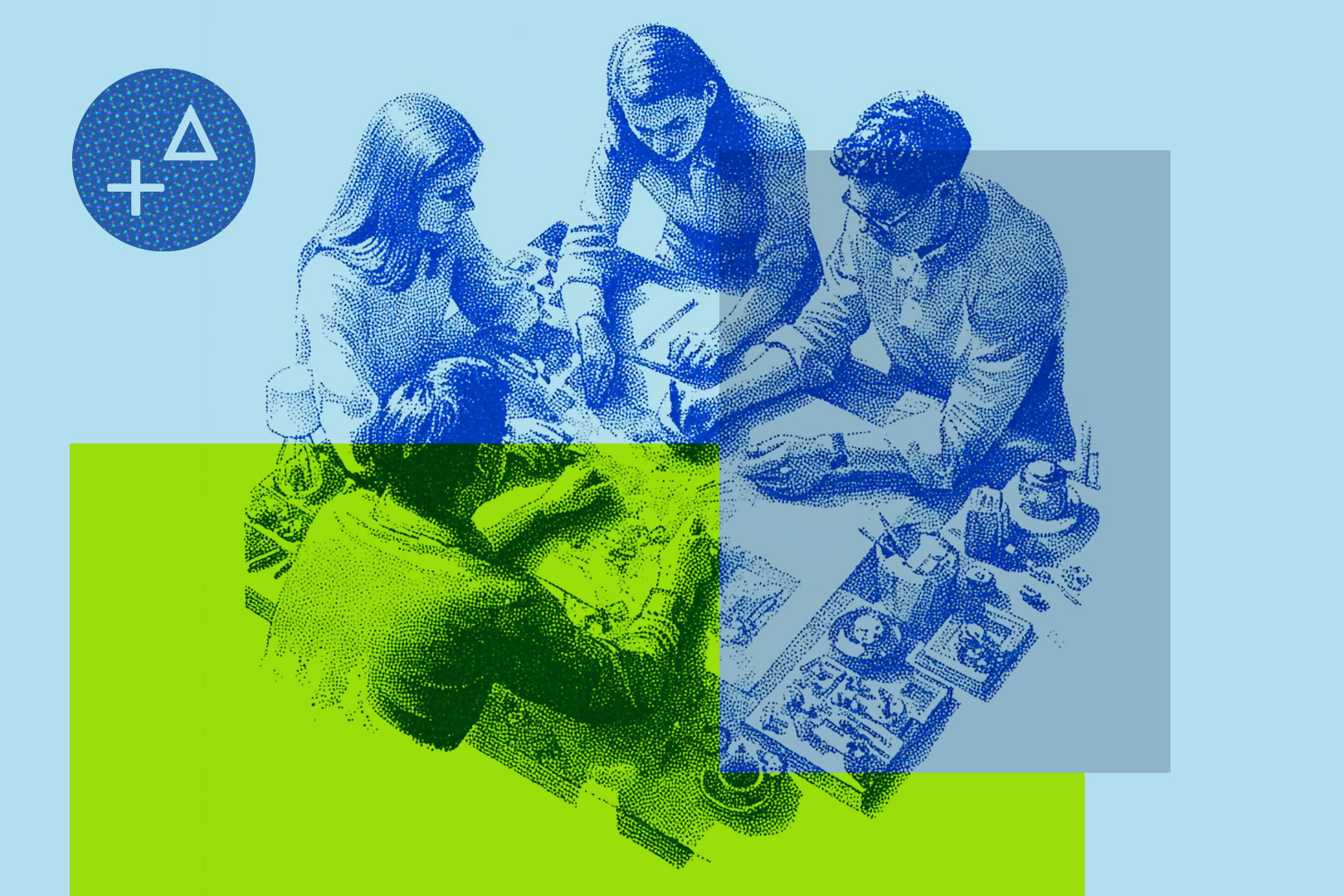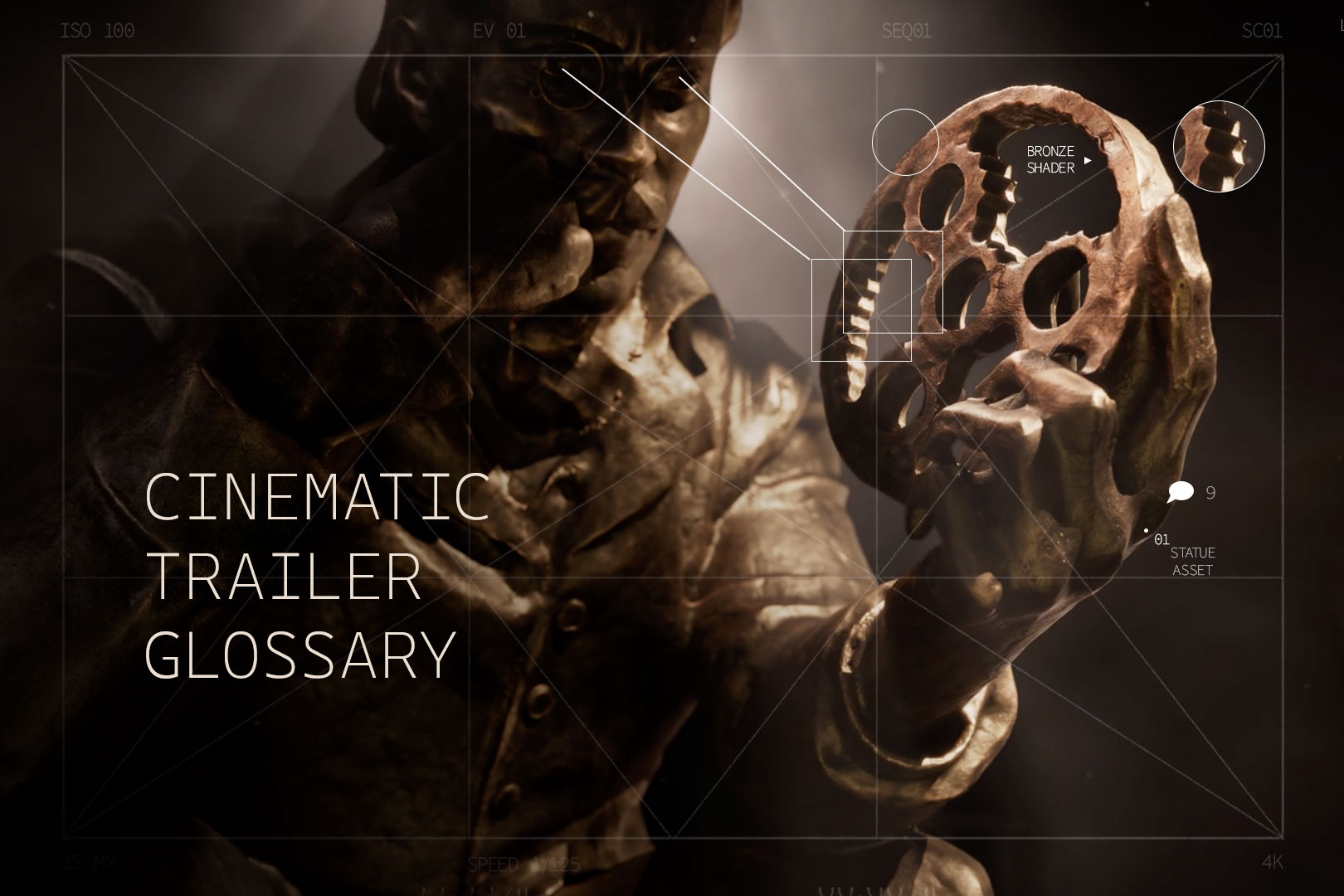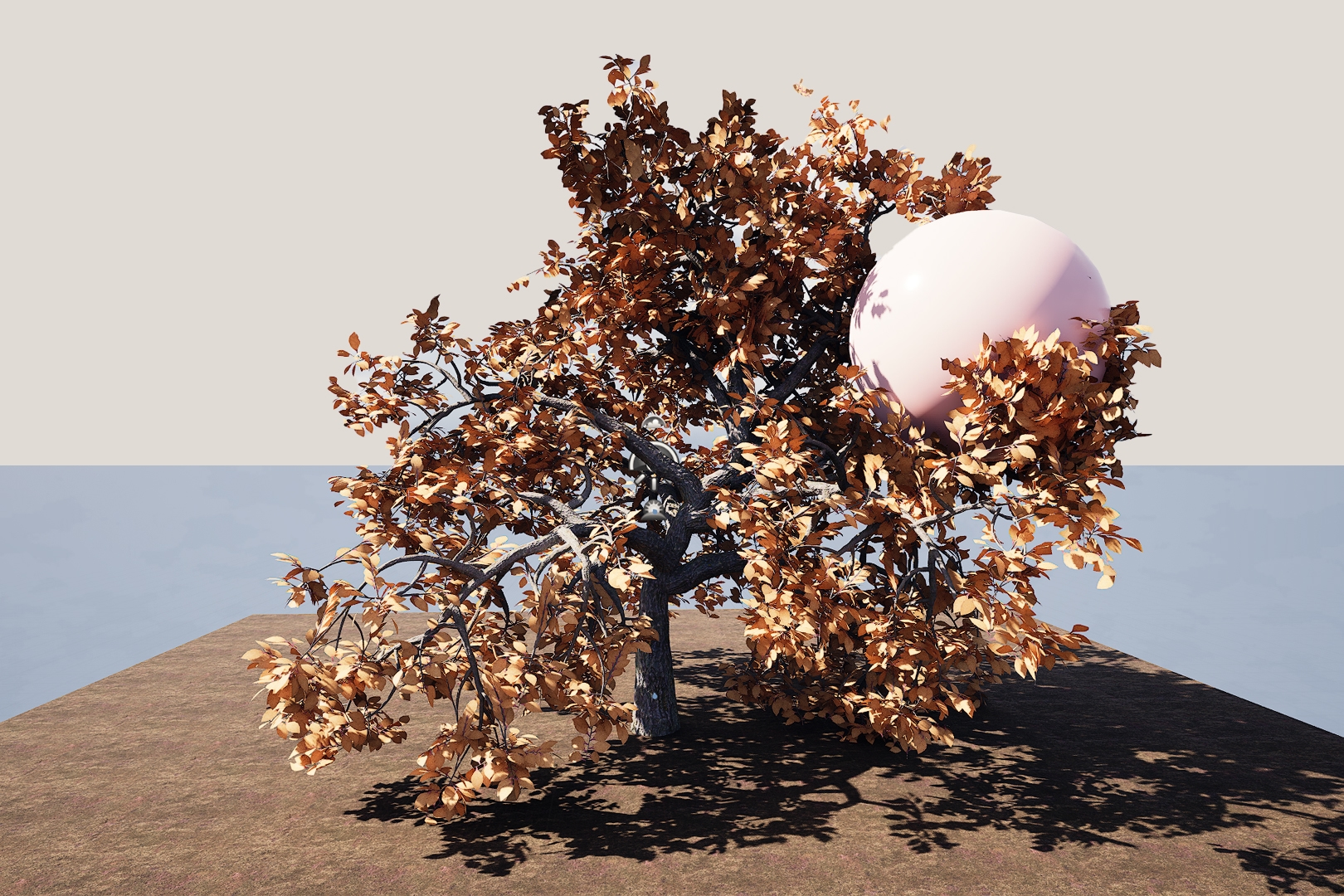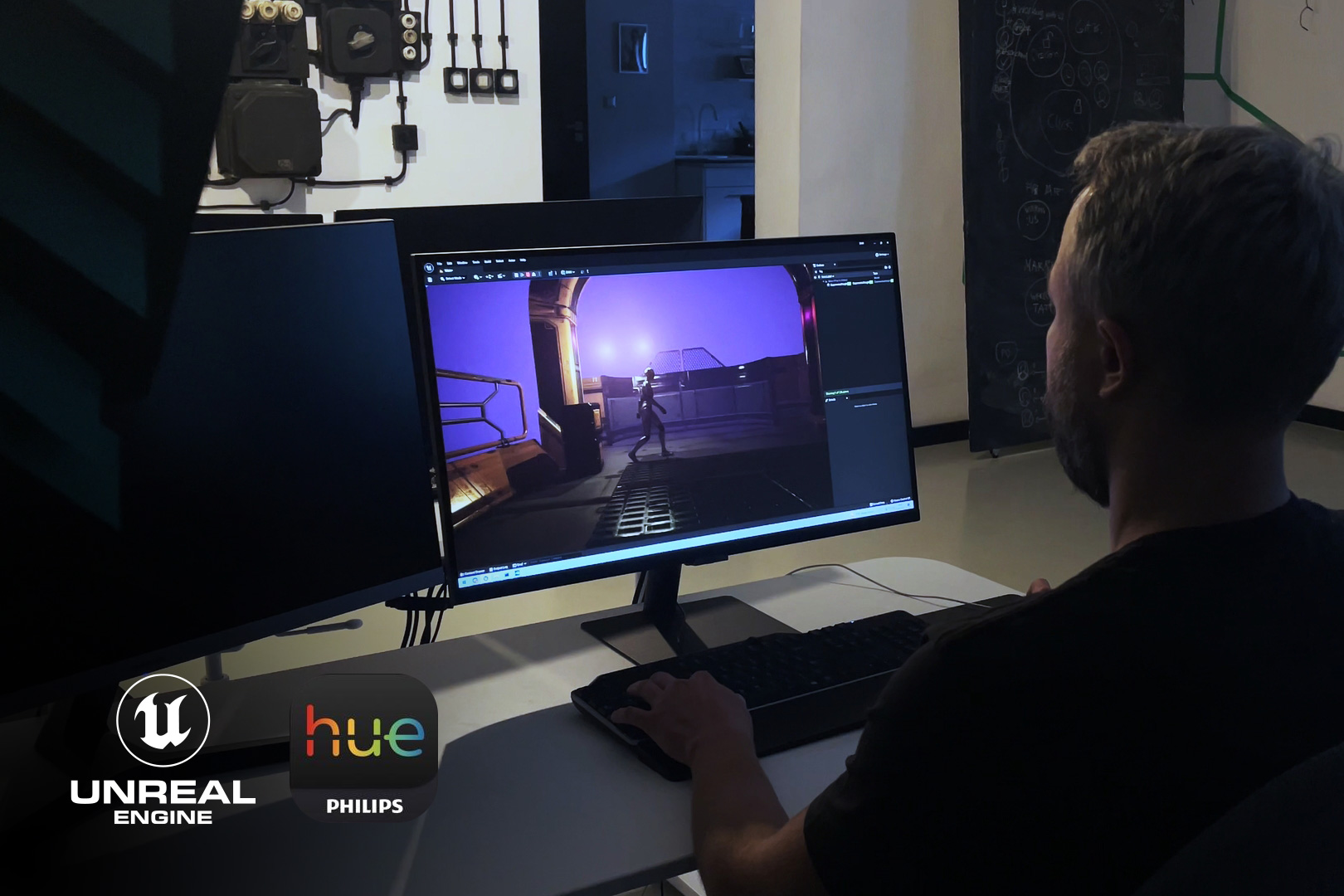In recent years, Unreal Engine has become extremely popular, not only in game development but also in film, advertising, and cinematic production. And for good reason: the engine offers incredible real-time capabilities. You can change a camera angle with one click, switch a character to another location in seconds, and light a scene in dozens of ways, without waiting hours for a render.
But with that freedom comes a risk that often goes unnoticed.
Unreal as a double edged sword
On one hand, Unreal gives you massive creative freedom. On the other hand, it opens the door to endless iterations and late stage changes.
Clients often say:
“If you can switch the camera so easily, let’s try five different versions.”
“Maybe this scene would look better from a different angle?”
“Can we just replace that asset? It’s just one click!”
And yes, technically, all of that is possible. But production wise? Not so much.
A Pipeline is not a playground. Every stage needs a lock
Whether working in a traditional CG pipeline (with offline rendering) or inside Unreal Engine, there’s one golden rule:
Each production stage must have a “block” and a “fix”, a point of no return after which no further changes are made.
Why? Because even the smallest change can trigger a chain reaction of work across the entire team.
For example:
- Change the camera? That might require adjustments to animation, lighting, VFX, and composition.
- Swap out an asset? It might visually work, but cause issues with rigging or interactions.
- Move the scene to a new location? That could mean redoing lighting, materials, and scene setup entirely.
In Unreal, changing something on screen takes seconds. But actually implementing that change can take hours or even days.
Unreal is a tool. Not a magic wand
It’s important to understand: Unreal Engine doesn’t eliminate the need for a structured production pipeline. If anything, it requires even more discipline.
Without clear milestones (previs, blocking,camera fix, lighting, polish), a project can easily get lost in endless revisions.
The later in the production process a change is made, the more time consuming, expensive, and risky it becomes.
That’s why in every project, whether it’s a CG animation or a real-time cinematic we define:
1. Blocking stage: layout, main camera angles, and character staging
2. Camera fix: after approval, camera angles are locked
3. Asset & animation fix: approved elements are not replaced
4. Lighting and FX fix: the final polishing phase, where nothing should change anymore
This structure ensures that we can deliver on time, stay within budget, and maintain high quality.
Flexibility is great, but needs limits
Yes, Unreal lets us show clients different versions in real-time and that’s a huge advantage over traditional workflows. But that doesn’t mean we should create countless versions. In fact, it’s usually better to focus on one strong vision and make decisions quickly.
In our workflow, we make sure clients understand:
- When it’s time for creative exploration
- When it’s time to make final decisions
- And when it’s time to move forward without going back
The Client as a Production Partner
Helping clients understand these boundaries is key to a successful collaboration. That’s why we always communicate clearly from the beginning:
not to limit creativity, but to keep the process on track so everyone feels safe, and the team can focus on delivering great work, not constantly reworking what’s already done.
Unreal Engine is a powerful tool. But like all powerful tools, it must be used responsibly.
Final Thoughts
Unreal Engine allows for fast iterations, flexible camera changes, asset swaps, and dynamic lighting in real time. But behind that flexibility lies the need for a structured process and clearly defined approval points.
Not everything that can be changed, should be.
Not everything that looks quick on screen is quick for the team.
And not every change is an improvement, sometimes it’s just a detour.
That’s why smart use of Unreal Engine isn’t just about technology, it's about project management, creative direction, and true collaboration between creators and clients.


